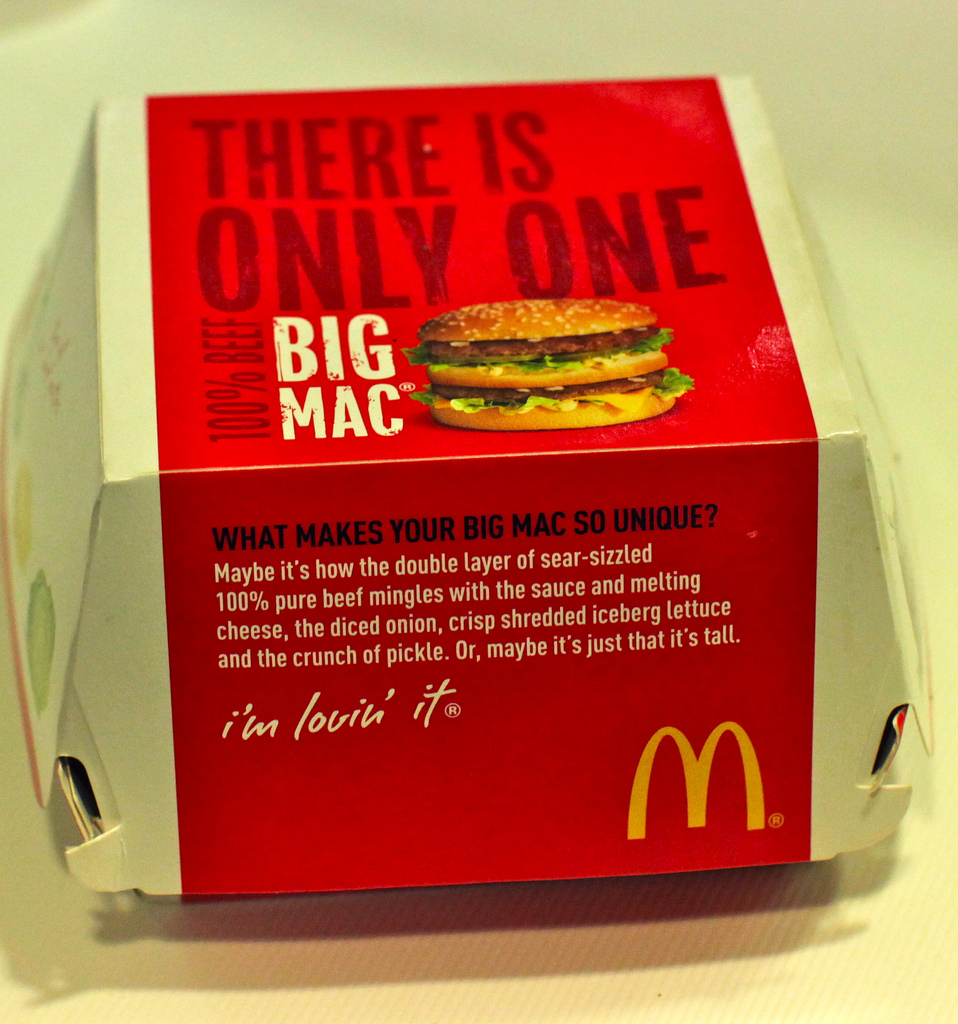The sign on a local McDonald’s reads:
Famous faves priced to save
Something about this line strikes me wrong. Very much so.
- Now, it is true that we love what we love. We have our favorites and our preferences. You could call them “faves”. I don’t. “Fave” isn’t a word adults should ever use.
- And we love to save money. We are notoriously cheap. I do often choose McDonald’s for value. And for giant Diet Cokes.
- And we are notoriously sentimental. In the 90’s, we talked about what we loved about the 80’s. In the 00’s, we loved the 90’s. And now, well…no body really loves the 00’s. But we’re still nostalgic as heck. And McDonald’s marketed to us as children.
McDonald’s didn’t really court us as a generation, but our demographic as children. They marketed our younger siblings and cousins, and eventually our children.
They have marketed to adults as well. The “I’m lovin’ it!” campaign is certainly geared toward older customers who are looking for a zest for life. So, it isn’t all about the children.
The problem with this particular direction is that it isn’t likely to be effective. Nostalgia doesn’t work on us when we know you are using nostalgia. It tends to alienate those who have outgrown their childish loves.

When I hear “famous faves,” I don’t only hear nostalgic love for the Big Mac. I also hear incalcitrance. I hear stubborn. I hear “come eat your favorites, not those other burgers.” I don’t go to McDonald’s for “favorites” but for cravings. Some are newer offerings, and some are iconic. But naming it and marketing me so clearly makes McDonald’s cheap in the wrong way. In the bargain basement way. In the outdated and remainders racks way.
The alternative to overt nostalgia might be a sense of timelessness. We want to be reminded of our childhood or our parents or high school get togethers or taking our kids out for dinner. We don’t want to think you live there. It isn’t the 1980s. When I eat a Big Mac, I want my memories of after school snacks and drive-thrus, but I don’t want to think that you haven’t changed since then. Like the kid that never left, whose best days were at 17. Who literally wears the same clothes, teases up the same hair style, and drives the exact same car, falling apart in the parking lot.
When an organization, like the church, pitches nostalgia, it isn’t pitching the present. Nostalgia is forever stuck in the past. A past that not everyone shares. Nostalgia may be a way to introduce a person to your product, but it isn’t why they’ll pick it. They’ll pick it because the product is really about the present. Notice the two classic stereotypes:
- The middle-aged man who buys the sports car he obsessed about as a child.
- The middle-aged woman who buys the Easy-Bake Oven for her own children.
The car and toy were childhood obsessions that were unrealized at the time that could be realized now. But nobody buys them because of their obsession with their childhood. They buy them now because of something going on in them today. Because they are growing older or they want their children to have a different life than they had. They want today to be different. They don’t want yesterday.
The sports car was always about freedom and vitality. The Easy-Bake Oven was always about independence and creativity. The people reaching for yesterday’s obsessions are trying to create a better now than they can create on their own.
What about “famous faves priced to save” creates that sense? Nothing.
What are we offering that creates that sense? Can we honestly say that we offer freedom, vitality, independence, and creativity to people feeling trapped?
This company is doing just that. You want to bet which one is more effective?

Leave a Reply